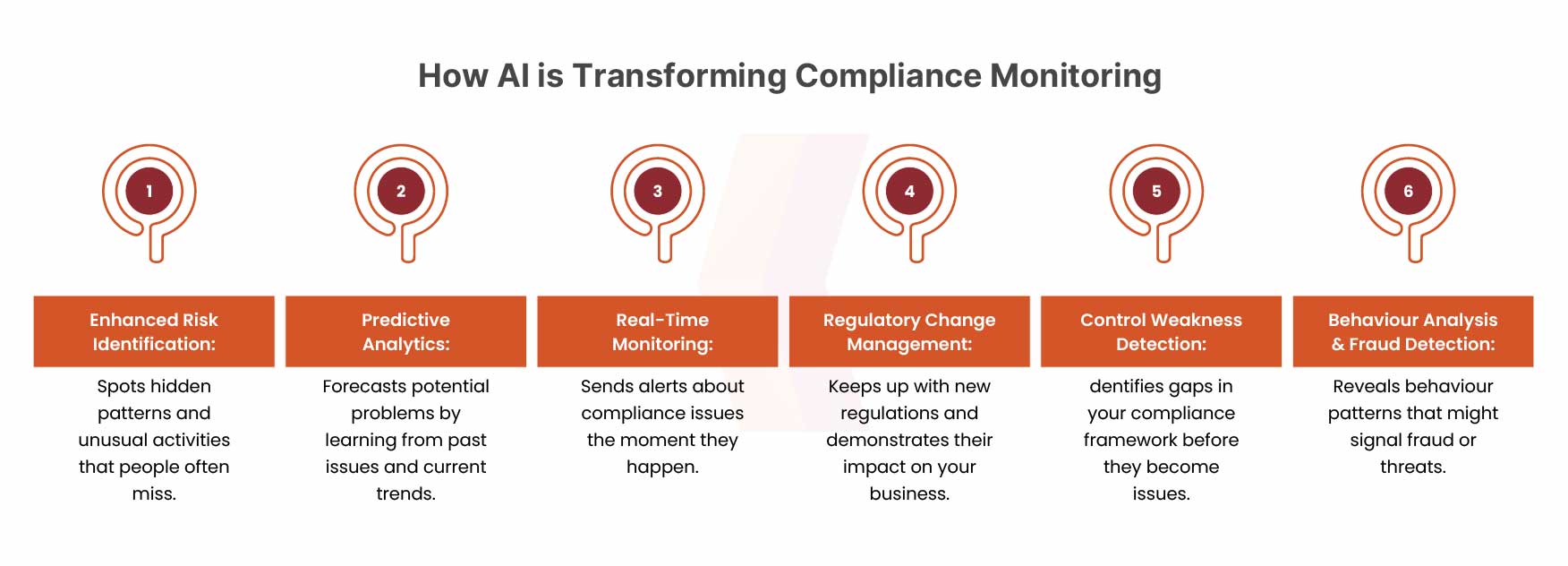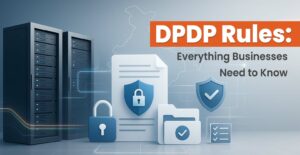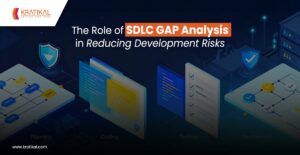Compliance management has seen a major transformation over the years, shifting from manual, paper-heavy processes to technology-driven approaches. In the past, organizations depended heavily on paperwork and human oversight to stay compliant, a method that was both time-consuming and error-prone. With technological advancements, the focus has moved to digital solutions, paving the way for AI for compliance management. Artificial intelligence is revolutionizing compliance management by automating complex tasks and allowing organizations to respond more efficiently and proactively to regulatory changes.
The global AI for security compliance market is projected to reach approximately USD 1,331.7 million by 2034, up from USD 188.4 million in 2024, reflecting a strong CAGR of 21.6% between 2025 and 2034. In 2024, North America emerged as the leading region, holding a 30.3% market share and generating USD 57 million in revenue. The United States dominated the regional market, contributing 89.2% of the share and reinforcing its position as a market leader.
Table of Contents
Role of AI in Transforming Compliance Management

Enhance Efficiency
AI greatly improves the efficiency of compliance programs by automating repetitive tasks like data collection, auditing, and reporting. This automation allows compliance teams to dedicate more time to strategic activities such as analysis and decision-making. By leveraging AI in compliance automation, organizations can process and analyze vast amounts of data far faster than human teams ever could. This accelerated processing ensures compliance managers receive accurate, real-time insights, enabling them to make swift, informed decisions and stay compliant with evolving regulations.
Accuracy and Precision
Accuracy is critical in AI for compliance management, as even small errors can result in significant penalties and reputational harm. AI-powered regulatory compliance tools help mitigate these risks by improving the precision of compliance tasks. Using advanced algorithms, AI can detect discrepancies and anomalies in data that may signal potential compliance issues. Moreover, these systems continuously learn and evolve, becoming more effective over time at identifying and resolving compliance concerns with a higher level of accuracy.
Cost-Effectiveness
Adopting AI-driven compliance software can be a highly cost-effective approach for businesses. By automating complex compliance processes, AI reduces the need for manual effort, lowering labor costs and minimizing the likelihood of expensive errors. Additionally, AI helps organizations avoid the financial impact of non-compliance—such as fines, penalties, and legal expenses—by ensuring consistent regulatory adherence. While there is an initial investment in AI technology, it often results in substantial long-term savings and a strong return on investment.
Vulnerability Mapping
Vulnerability mapping with AutoSecT provides organizations with a clear, real-time view of their security posture. By continuously scanning and identifying weaknesses across systems, applications, and networks, AutoSecT helps security teams prioritize vulnerabilities based on risk severity. This AI-driven approach ensures that critical issues are addressed first, reducing exposure time and strengthening overall cyber resilience.
Benefits of AI in Compliance
The integration of AI for compliance management is transforming how organizations meet regulatory requirements. Through process automation and real-time insights, AI enhances accuracy, reduces costs, and helps businesses stay ahead of ever-changing regulations. Here are some key benefits:
Enhanced Data Analysis Capabilities
AI-powered compliance systems can process massive volumes of data—well beyond human capability—to uncover valuable insights and identify potential compliance issues. Leveraging advanced algorithms, these systems analyze transactional records, employee activities, and other operational data in depth, ensuring no irregularities are overlooked. This powerful level of analysis is essential for organizations operating in complex regulatory environments, enabling them to proactively detect and address potential violations before they escalate.
Predective Analytics for Risk Mitigation
AI-powered compliance leverages predictive analytics to anticipate potential risks before they escalate. By analyzing historical data and recognizing patterns, AI can forecast where compliance breaches are most likely to occur and recommend preventive actions. This proactive approach minimizes the risk of non-compliance and ensures resources are strategically directed toward high-risk areas, enhancing the overall effectiveness and efficiency of compliance programs.
Reduction in Manual Tasks
AI is transforming traditional compliance processes by automating tasks such as data entry, consistency checks, and complex calculations. This shift reduces human error, improves accuracy, and speeds up operations, allowing businesses to make better decisions based on reliable data. By integrating AI, organizations enhance efficiency, maintain compliance, and minimize risks, enabling them to focus on strategic priorities rather than manual, error-prone processes.
Get in!
Join our weekly newsletter and stay updated
Implementation of AI in Compliance
Implementing AI for compliance management enables organizations to automate complex processes, improve accuracy, and stay ahead of evolving regulations. Platforms like AutoSecT, an AI-driven pentesting and VMDR solution, take this a step further by continuously identifying vulnerabilities, prioritizing risks, and ensuring regulatory adherence. By integrating such advanced tools, businesses can streamline compliance efforts, reduce manual workloads, and strengthen their overall security posture. AI also helps in monitoring regulatory updates in real time, ensuring organizations remain compliant without constant manual intervention. Its predictive analytics capabilities allow companies to foresee potential compliance risks and address them proactively, minimizing exposure to legal or financial penalties. Additionally, AI-driven insights provide detailed audit trails and compliance reports, making it easier to demonstrate adherence during audits.
How AI Can Transform Compliance Management?
One of the most powerful advantages of AI is its ability to provide real-time monitoring. Unlike traditional compliance methods that rely on periodic audits, AI-powered systems continuously analyze transactions, communications, and activities, enabling teams to detect and address potential compliance issues before they escalate.
AI also simplifies regulatory change management, traditionally one of the most time-consuming compliance tasks. AI-driven systems can quickly scan and interpret new regulations, determine their relevance to specific business processes, and automatically update compliance workflows. For organizations working with frameworks like ISO 27001, SOC 2, or NIST 800-53, this automation significantly reduces the risk of overlooking critical updates.
Additionally, AI brings predictive analytics into compliance, enhancing risk assessment processes. By analyzing historical compliance data alongside current operations, AI can forecast potential risks and recommend preventive measures, shifting compliance from a reactive approach to a proactive one.
Ultimately, AI for compliance management is revolutionizing. From detecting anomalies linked to security vulnerabilities or privacy risks to automating complex control documentation, AI-driven tools are enabling organizations to stay compliant more efficiently and with greater confidence.
Book Your Free Cybersecurity Consultation Today!
Conclusion
AI is redefining compliance management by making it faster, smarter, and more reliable. From automating repetitive tasks and performing real-time monitoring to enabling predictive risk assessments and managing regulatory changes, AI empowers organizations to stay ahead of compliance challenges. Solutions like AutoSecT further enhance this by combining AI-driven pentesting and VMDR capabilities, helping businesses maintain a strong security posture while meeting frameworks like ISO 27001, SOC 2, and NIST 800-53. By integrating AI into compliance strategies, organizations not only reduce costs and human error but also turn compliance into a proactive, strategic advantage.
FAQs
- What is a key benefit of using AI for compliance management?
AI enhances compliance processes by integrating regulatory requirements directly into business processes. This enables more effective risk management, allowing AI to detect and resolve potential compliance issues before they turn into major problems.
- How is AI impacting compliance?
AI-powered tools are transforming how companies manage compliance. By continuously scanning and analyzing large volumes of data, these tools can rapidly detect and highlight important regulatory updates and changes.








Leave a comment
Your email address will not be published. Required fields are marked *